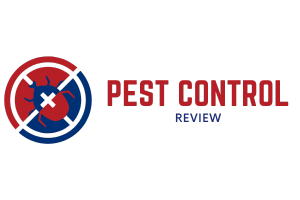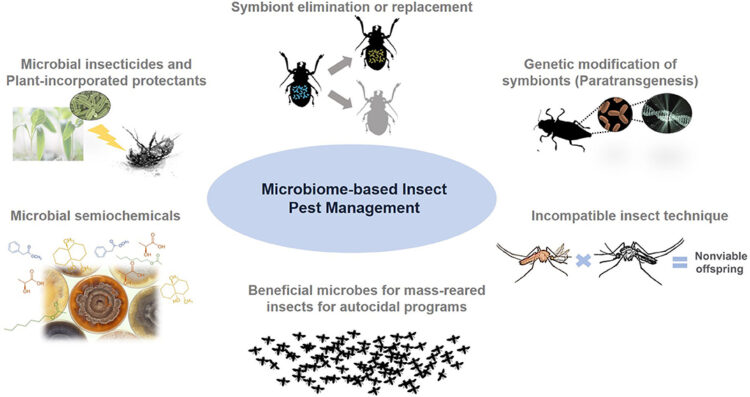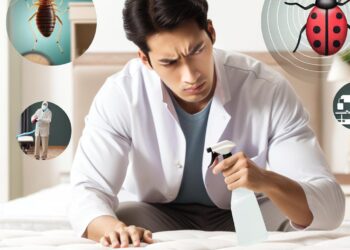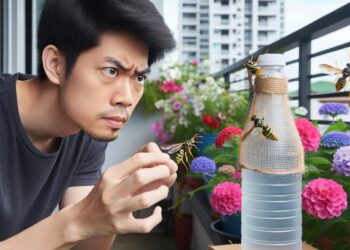A Comprehensive Overview of Modern Pest Control Techniques and Innovations:
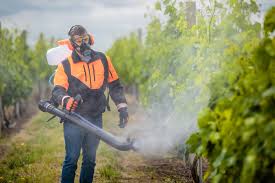
Pest control is a crucial aspect of maintaining a healthy and safe environment in both residential and commercial settings. Over the years, research in the field of pest control has led to the development of several new techniques and products aimed at reducing the impact of pests on human life. In this article, we will review the latest research and discoveries in the field of pest control, and discuss their applications and effectiveness.
Integrated Pest Management (IPM): Integrated Pest Management (IPM) is a pest control approach that combines multiple strategies to control pests. This approach involves the use of cultural, physical, and biological control methods to minimize the use of chemicals. Recent studies have shown that IPM is highly effective in reducing pest populations in both agricultural and urban settings. In addition, IPM is environmentally friendly and cost-effective, making it an ideal option for pest control.
Biological Control: Biological control is a pest management approach that utilizes natural enemies of pests, such as predators, parasites, and pathogens, to reduce their populations. Recent research has focused on the use of genetically modified organisms (GMOs) to control pests. For example, the introduction of genetically modified mosquitoes that cannot transmit diseases like dengue or Zika has shown promising results in reducing the spread of these diseases in certain areas.
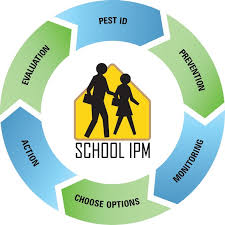
Chemical control methods have long been a staple of pest control, but recent research has led to the development of new, more targeted chemical products that are less harmful to non-target organisms. One such example is the use of pheromone traps, which emit chemicals that attract pests to a trap, rather than killing them with pesticides. This approach is highly effective in controlling pests like moths and beetles without harming beneficial insects.
Emerging Technologies: Advances in technology have also led to the development of new pest control methods. For example, robotics and artificial intelligence (AI) are being used to create smart traps that can differentiate between pests and non-target organisms. In addition, nanotechnology is being explored as a potential tool for pest control, with researchers looking into the use of nanoparticles to deliver insecticides more effectively.
Overall, the field of pest control has seen significant advancements in recent years, with new and innovative approaches being developed to control pests in a safe and effective manner. From IPM and biological control to new chemical products and emerging technologies, there are a variety of options available to both homeowners and professionals in the pest control industry. By staying up-to-date on the latest research and trends in the field, pest control professionals can continue to provide effective and sustainable solutions for pest control.
Challenges in Pest Control: Despite the advancements in pest control, there are still challenges that need to be addressed. One of the main challenges is the development of resistance to pesticides in pest populations. This resistance can lead to decreased effectiveness of chemical control methods and the need for stronger chemicals that may have negative impacts on the environment and human health.

Another challenge is the impact of climate change on pest populations. As temperatures rise and rainfall patterns change, pests may expand their ranges and become more difficult to control. This highlights the need for continued research and development of innovative pest control methods that can adapt to changing environmental conditions.
Regulation of Pest Control Products: The regulation of pest control products is an important issue that affects both the industry and the general public. Governments around the world regulate the sale and use of pesticides and other pest control products to ensure their safety and effectiveness.
However, the regulation of these products can be complex and controversial, with debates surrounding the use of certain chemicals and the potential impact on non-target organisms. As such, it is important for pest control professionals to stay informed about regulatory developments and to use products that are approved for use in their region.
Pest control is an ever-evolving field, with new research and discoveries being made on a regular basis. From integrated pest management and biological control to emerging technologies like robotics and AI, there are a variety of options available to control pests in a safe and effective manner. However, it is important to continue to address the challenges facing the industry, such as resistance to pesticides and the impact of climate change on pest populations, and to ensure that pest control products are regulated in a responsible and effective manner. By doing so, we can continue to provide sustainable and effective pest control solutions for years to come.
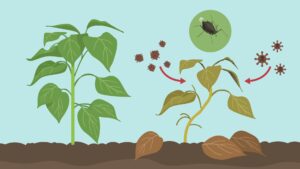
The Importance of Monitoring and Prevention:
In addition to the various pest control methods, monitoring and prevention are key components of an effective pest control strategy. By regularly monitoring for pest activity, pest control professionals can identify potential problems before they become widespread and implement preventative measures to reduce the risk of infestation.
For example, regular inspections can help identify areas where pests are likely to enter a building, such as gaps in windows or doors, and allow for repairs to be made to prevent pest entry. Additionally, monitoring for signs of pest activity, such as droppings or damage to property, can help identify infestations early and prevent them from spreading.
The Role of Education and Training:
Education and training are also crucial components of effective pest control. As the field of pest control continues to evolve, it is important for professionals to stay up-to-date on the latest research and techniques in order to provide the most effective solutions for their clients.
In addition, education and training can help promote a better understanding of the importance of pest control and the role it plays in maintaining a safe and healthy environment. By educating clients on the potential risks associated with pest infestations and the benefits of preventative measures, pest control professionals can help promote a more proactive approach to pest control.

Collaboration with Other Industries:
Effective pest control also requires collaboration with other industries, such as agriculture and healthcare. In agricultural settings, pest control plays a crucial role in protecting crops and preventing the spread of diseases, while in healthcare settings, pest control is essential for preventing the spread of illnesses and infections.
By working together, professionals in these industries can share knowledge and resources to develop more effective pest control solutions that benefit both their respective industries and the general public.
Conclusion:
In conclusion, the field of pest control is constantly evolving, with new research and innovations driving the development of new techniques and products. From integrated pest management and biological control to emerging technologies like robotics and AI, there are a variety of options available for controlling pests in a safe and effective manner.
However, it is important to address the challenges facing the industry, such as resistance to pesticides and the impact of climate change on pest populations, and to promote a proactive approach to pest control through education and collaboration with other industries.
By continuing to stay up-to-date on the latest research and trends in the field, and by working together to develop more effective pest control solutions, pest control professionals can help create a safer and healthier environment for all.
